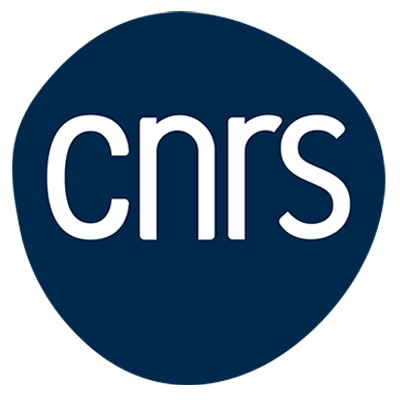IEA LOTO
Limit of Transfer Operators in South PacificIEA LOTO
2023 – 2024
Contact: Renaud LEPLAIDEUR
Australian partner: Cecilia GONZALEZ TOKMAN
cecilia.gt@uq.edu.au
NEWS
Introduction
Dynamical systems aim to mathematically describe complex systems. These systems obey statistical laws but only at a very large scale of time. Thermodynamic formalism is a way to single out one of these laws. Doing this, it is as if one looks the system “through a filter” related to that selected law. A usual way to choose the law is to introduce an operator, called transfer operator and to get the law from the spectral properties/objects of that operator.
This formalism, coming from Statistical Mechanics, has been introduced in Mathematics in the 70’s. It is still a very active field of research. Nowadays, one is interested in studying what happens when the system is frozen: one introduces a parameter coinciding with the temperature and one studies what happens as it goes to zero.
Changing the temperature means changing the filter. Nevertheless, and despite there is a continuity in the laws, the filters associated are discontinuous: one can never see the frozen system through the filters at positive temperature
Mission and research themes
Because the laws are obtained from the transfer operator we want to investigate if there is a good rescaling that makes emerge the limit transfer operator inside the global one at positive temperature.
We want to study a toy model, given by two copies of the same systems (tent maps) linked by a hole. That hole allows some trajectories to go from one system to the other one. The size of the hole mimics the temperature, the smaller the hole is the less trajectories may visit both systems.
For this toy model we want to study measure of maximal entropy. As long as there is a hole, this measure sees the chaos generated by orbits visiting the two holes. As for the “filter” we mentioned above, the trajectories that stay in only one system are invisible. But at the limit the hole disappears and one only see the two independent systems.
Network activities and expected results
We expect to find a good rescaling that shows how trajectories that stay in one single system become preponderant and rule the global system. This should be observable on the transfer operator. We expect to prove that the sequences of measures of maximal entropy converges to a convex combination of the two independent measures (when there is no hole). More precisely we believe it should converge to the average measure.
Understanding this toy model, we expect to be able to adapt the proof to the case of frozen systems.
Institutions and laboratories involved
France
ISEA Université de la Nouvelle-Calédonie & LMBA UMR6205 Université de Brest.
Australia
School of Physics and Mathematics, University of Queensland Brisbane.
